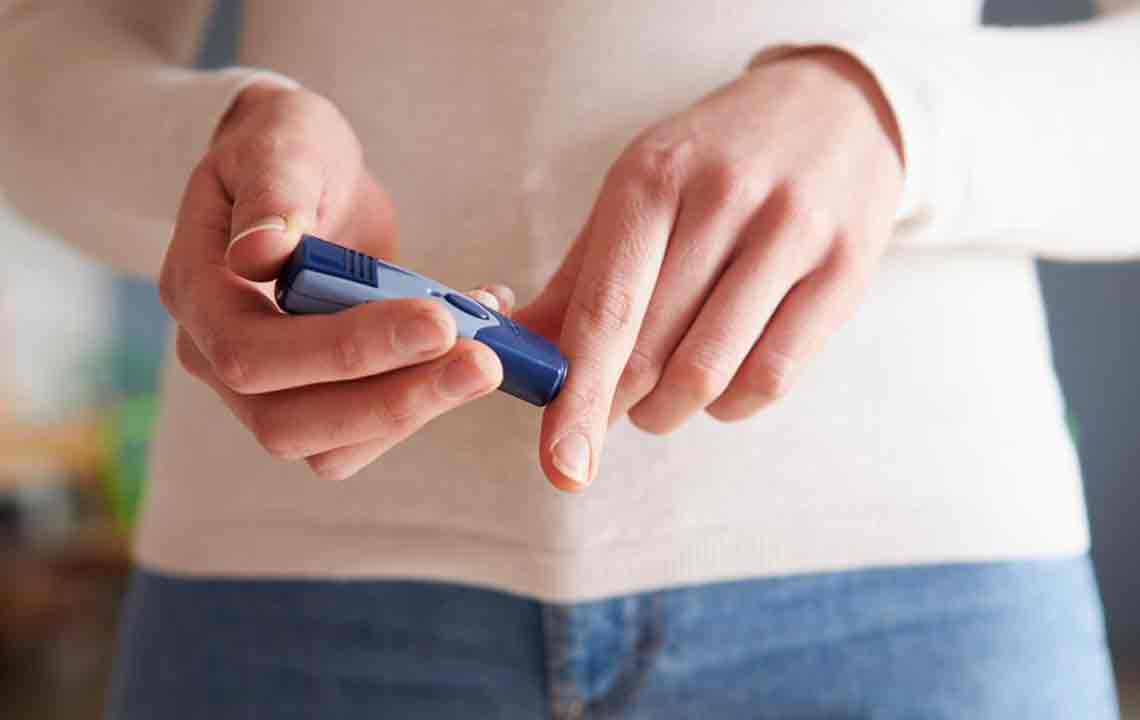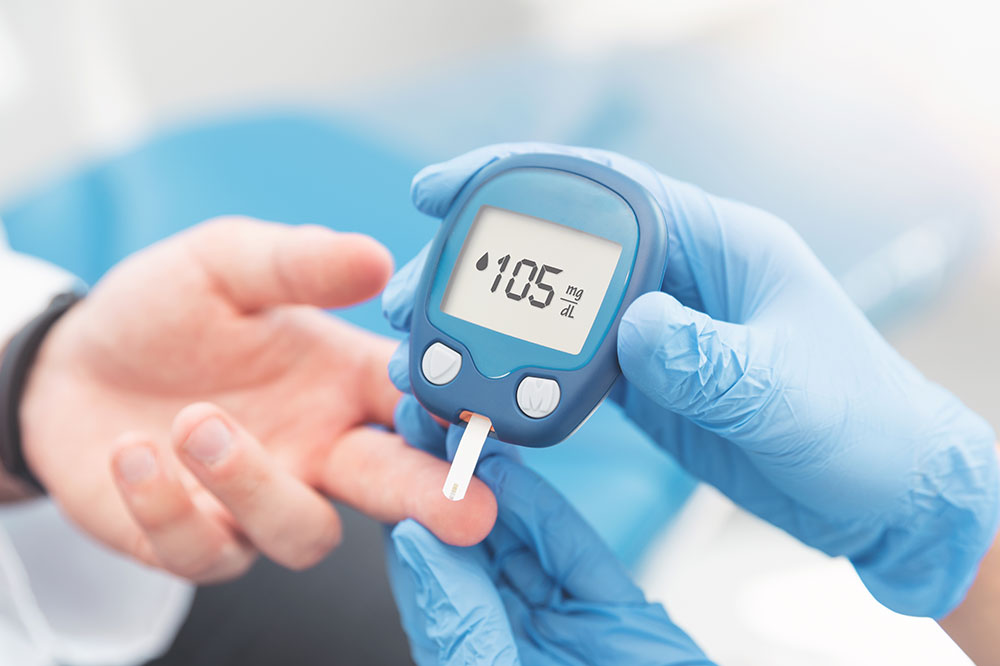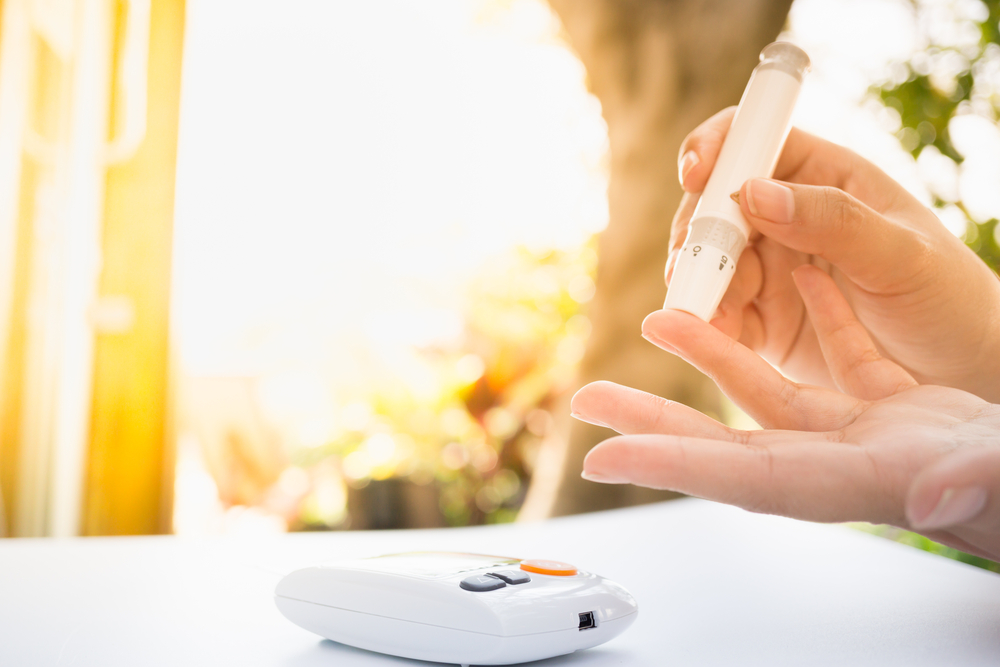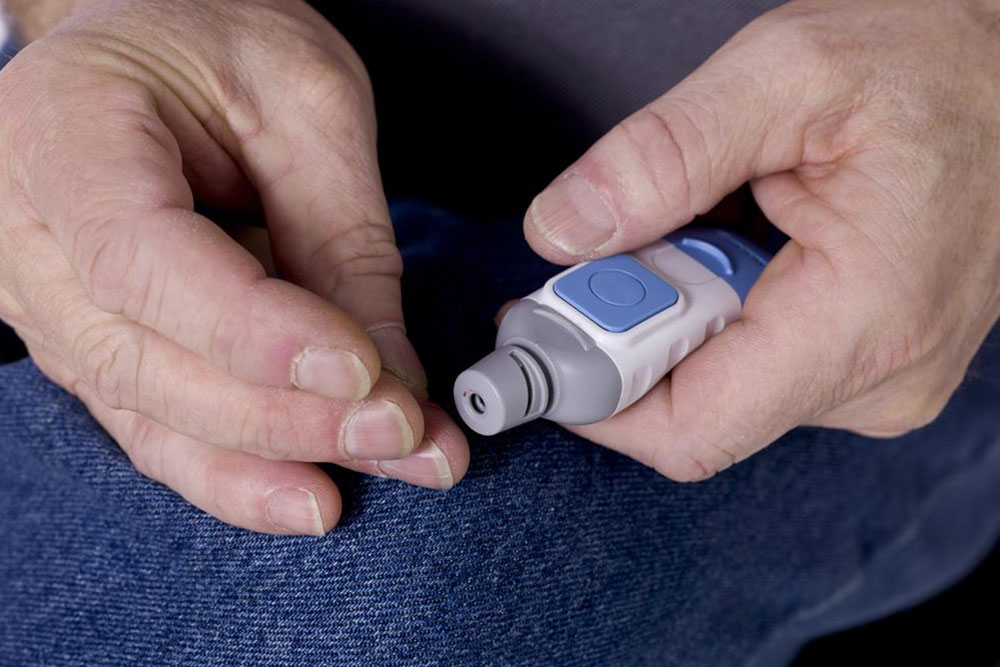Effective Strategies for Maintaining Healthy Blood Sugar Levels
Effective blood sugar management is essential for diabetics to prevent complications. This article covers normal blood glucose ranges, key testing parameters, and practical tips for maintaining healthy levels. Regular monitoring, stress management, and lifestyle adjustments are emphasized for optimal control. Understanding these factors can help individuals with diabetes lead healthier lives and reduce the risk of long-term health issues.
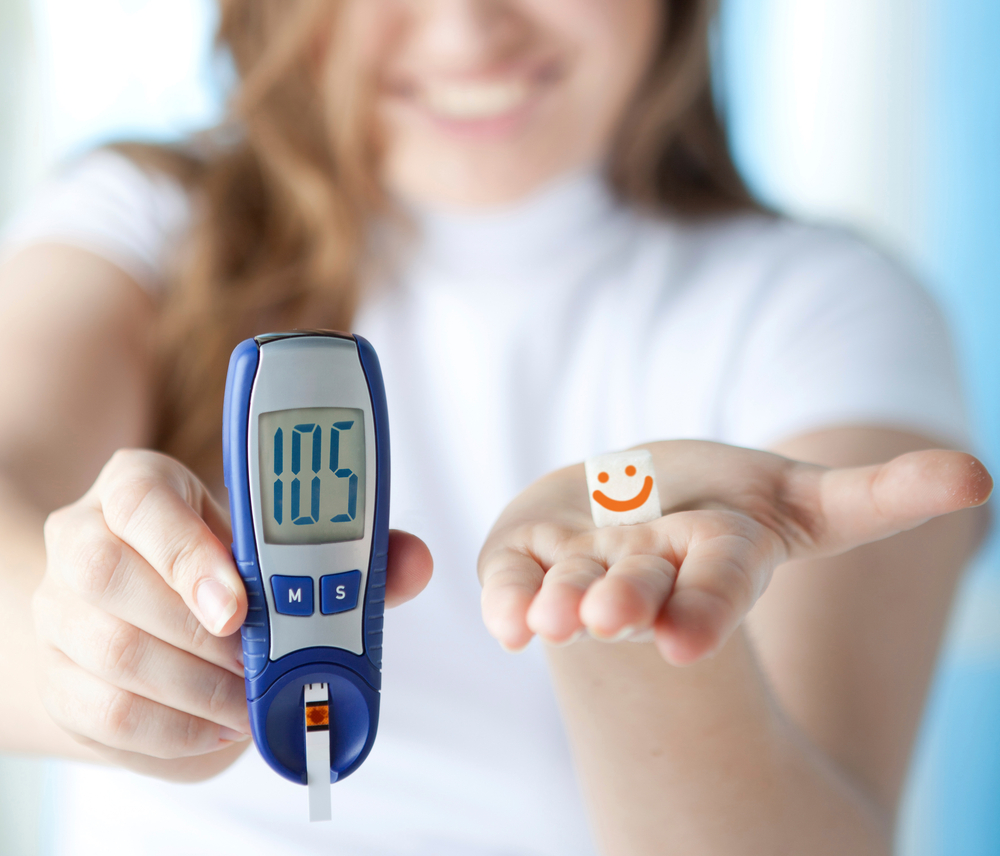
Effective Strategies for Maintaining Healthy Blood Sugar Levels
Diabetes is a chronic condition characterized by elevated blood sugar levels due to insufficient insulin production or the body's inability to use insulin effectively. Insulin is vital for regulating blood glucose. When insulin production or utilization is disrupted, blood sugar fluctuates outside the normal range. Around 8.5% of adults worldwide are diagnosed with diabetes annually.
Understanding Normal Blood Sugar Levels
Keeping blood sugar within a healthy range is crucial for managing diabetes effectively.
What defines normal blood glucose? And how are blood sugar charts interpreted?
Blood sugar tests frequently reference “normal glucose levels” and “healthy blood sugar ranges.” Since the body converts all sugar forms into glucose, these terms are interchangeable. Blood sugar levels are measured in milligrams per deciliter (mg/dL). Throughout the day, blood glucose levels naturally vary. Charts illustrate three key metrics: fasting blood sugar (upon waking), post-meal blood sugar, and HbA1c levels.
Fasting blood glucose: Measures glucose after overnight fasting, typically before breakfast. Normal fasting levels fall between 70-100 mg/dL.
Post-meal blood sugar: Measures glucose two hours after eating. For healthy individuals, levels should stay below 140 mg/dL.
HbA1c: Reflects average blood sugar over 2-3 months by measuring hemoglobin A1c binding with glucose. Normal range is 4-5.6%.
Blood Sugar Targets for People with DiabetesThe recommended blood sugar ranges are different for diabetics, generally higher than normal levels.
Fasting blood sugar: Diabetics should aim for 80-130 mg/dL.
Post-meal blood sugar: Should be below 180 mg/dL.
HbA1c: An HbA1c below 7% indicates good control over blood glucose levels.
Managing blood sugar effectively involves keeping levels as close to the normal range as possible. This helps prevent complications affecting nerves, eyes, and kidneys resulting from high glucose levels. Strategies include regular blood sugar monitoring, stress management, and maintaining healthy blood pressure and cholesterol levels.
Regular Monitoring: Schedule routine blood glucose checks—weekly, monthly, or quarterly—to identify patterns and adjust lifestyle accordingly. Spot checks can be especially helpful for immediate adjustments.
Living with Diabetes: Accepting diabetes as a lifelong condition is vital. Managing stress through hobbies, exercise, and social support can significantly impact blood sugar levels.
Controlling Blood Pressure and Cholesterol: Keep blood pressure below 140/90 mmHg and LDL cholesterol low to reduce cardiovascular risk associated with high blood sugar.
This comprehensive approach helps diabetics maintain healthy glucose levels, minimize complications, and improve overall health.


